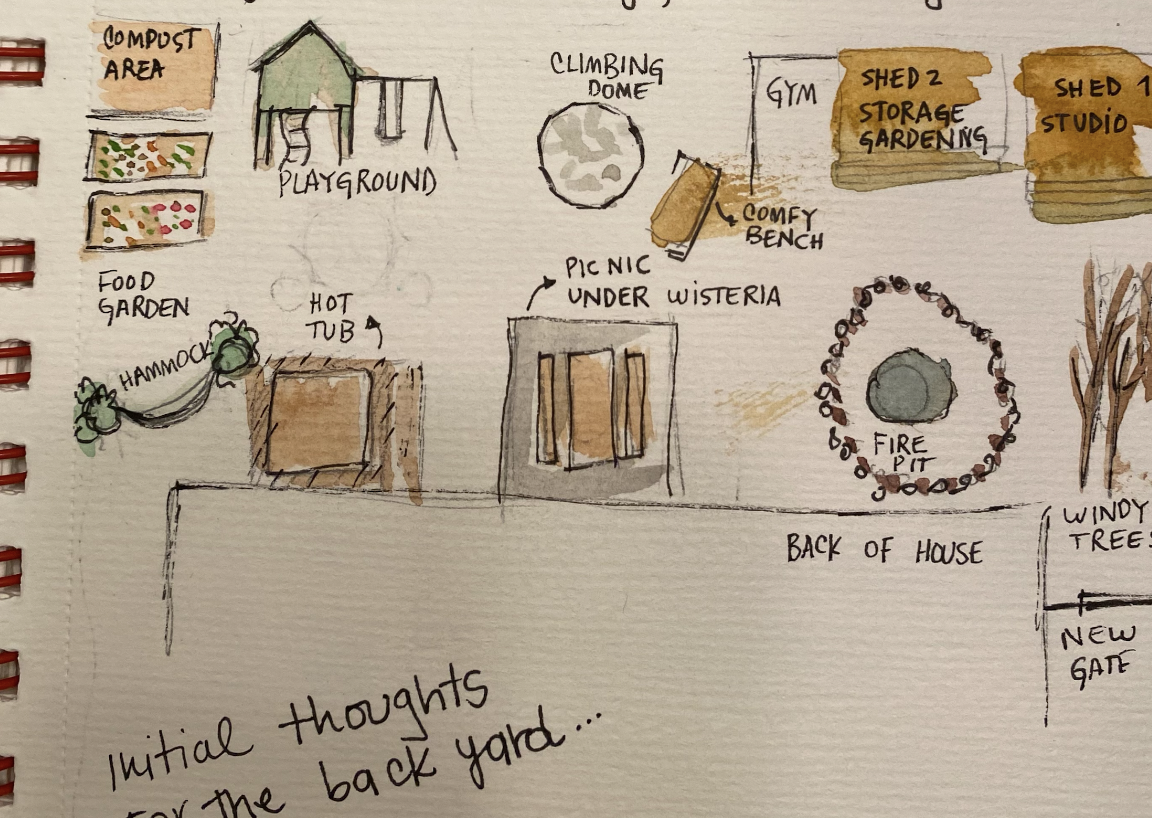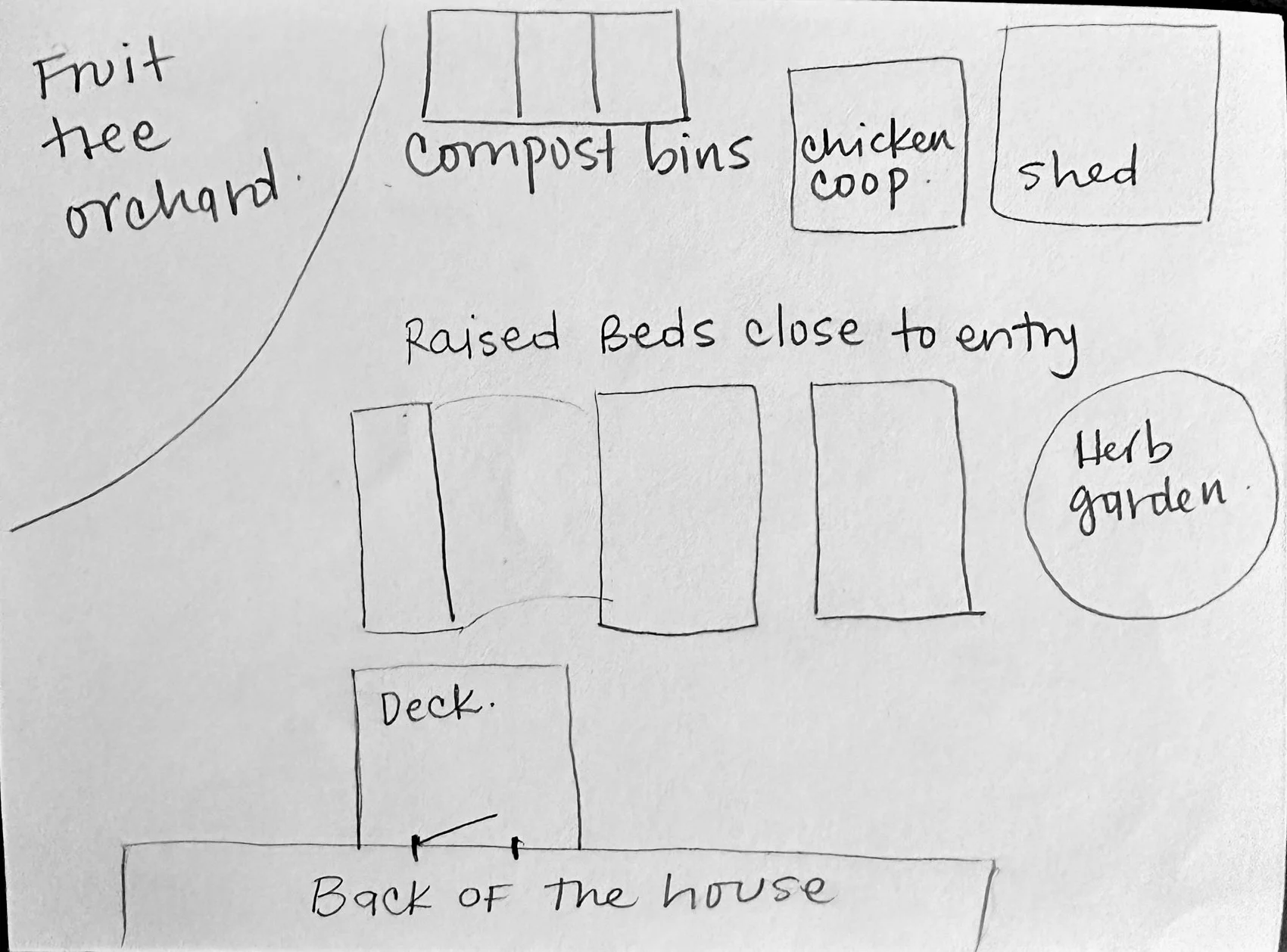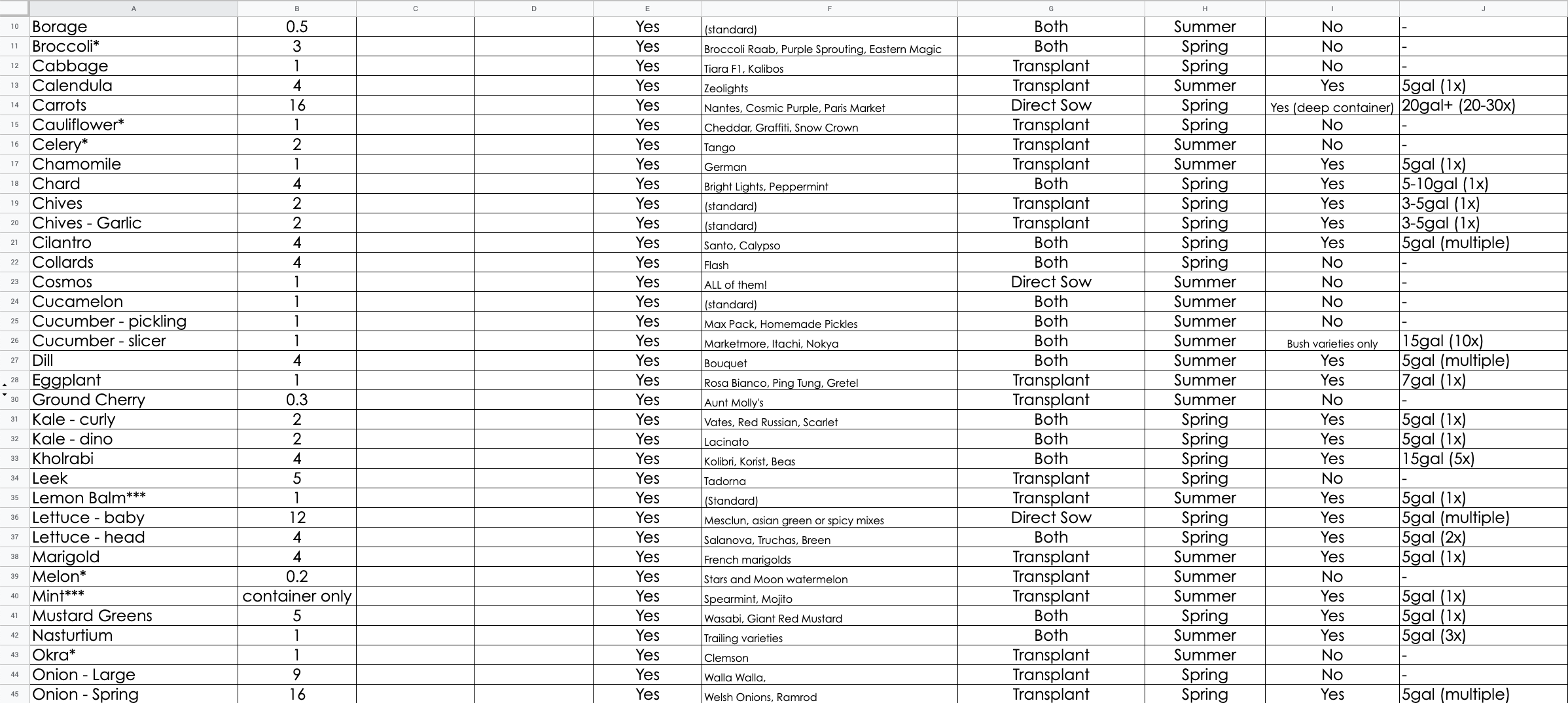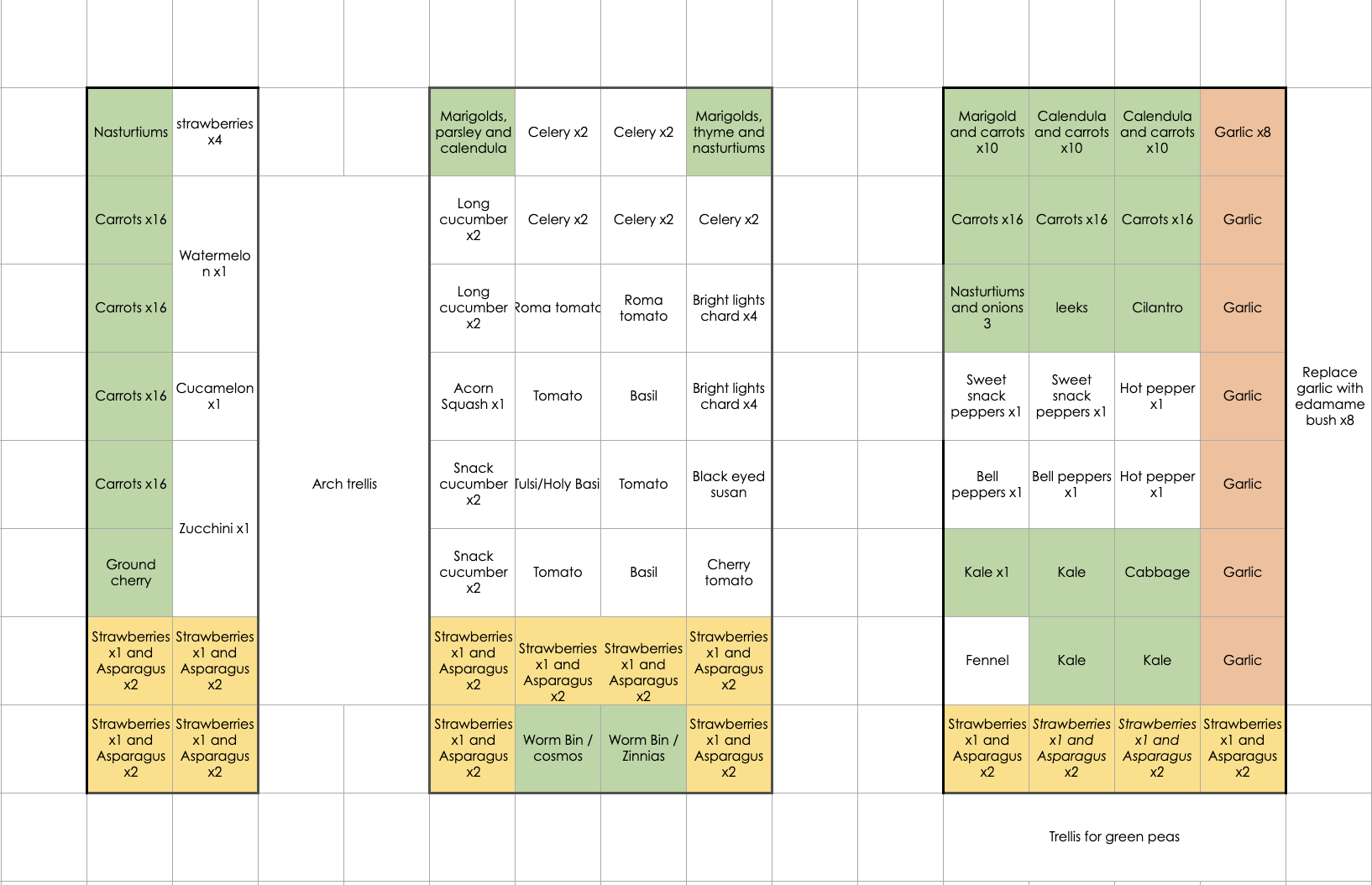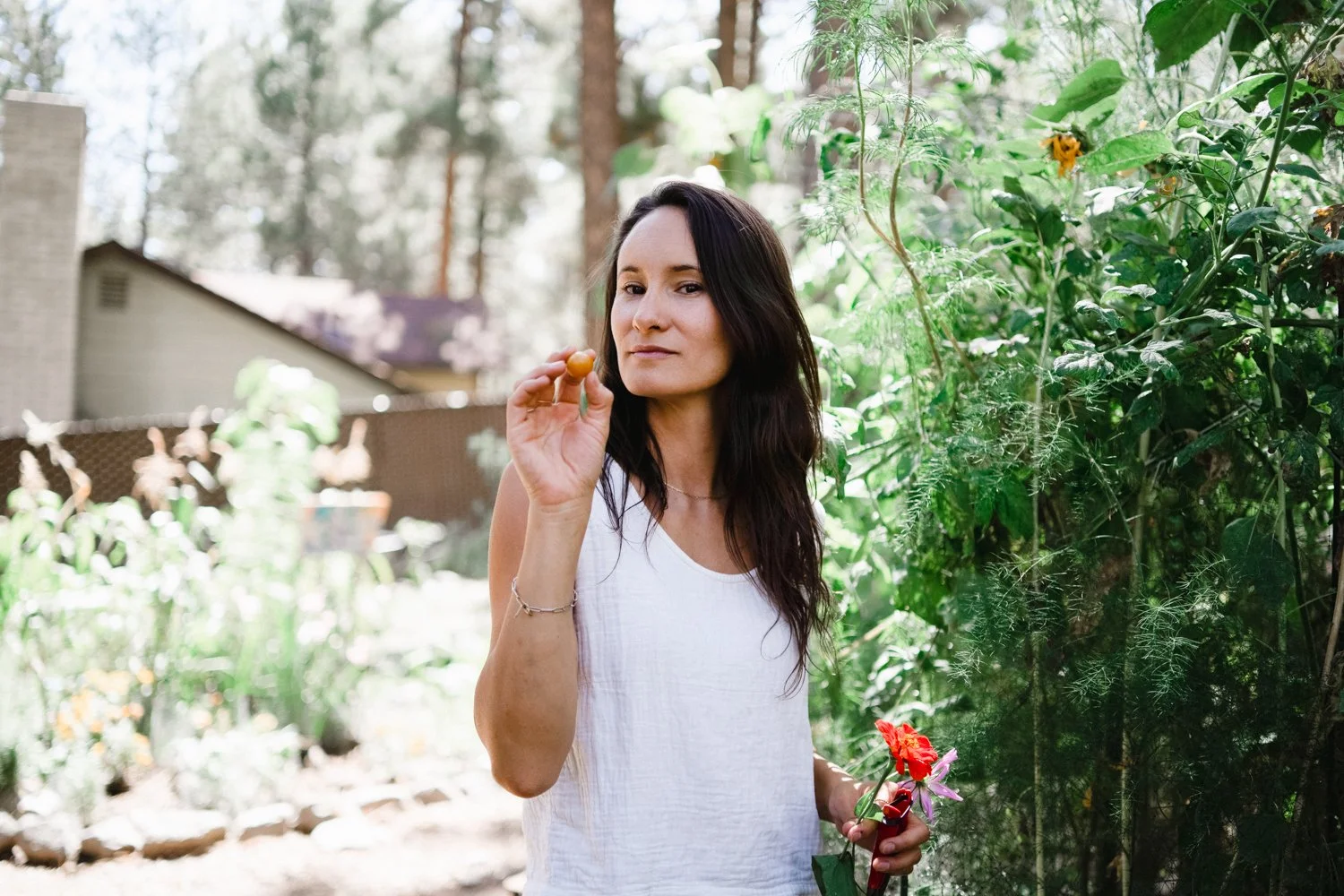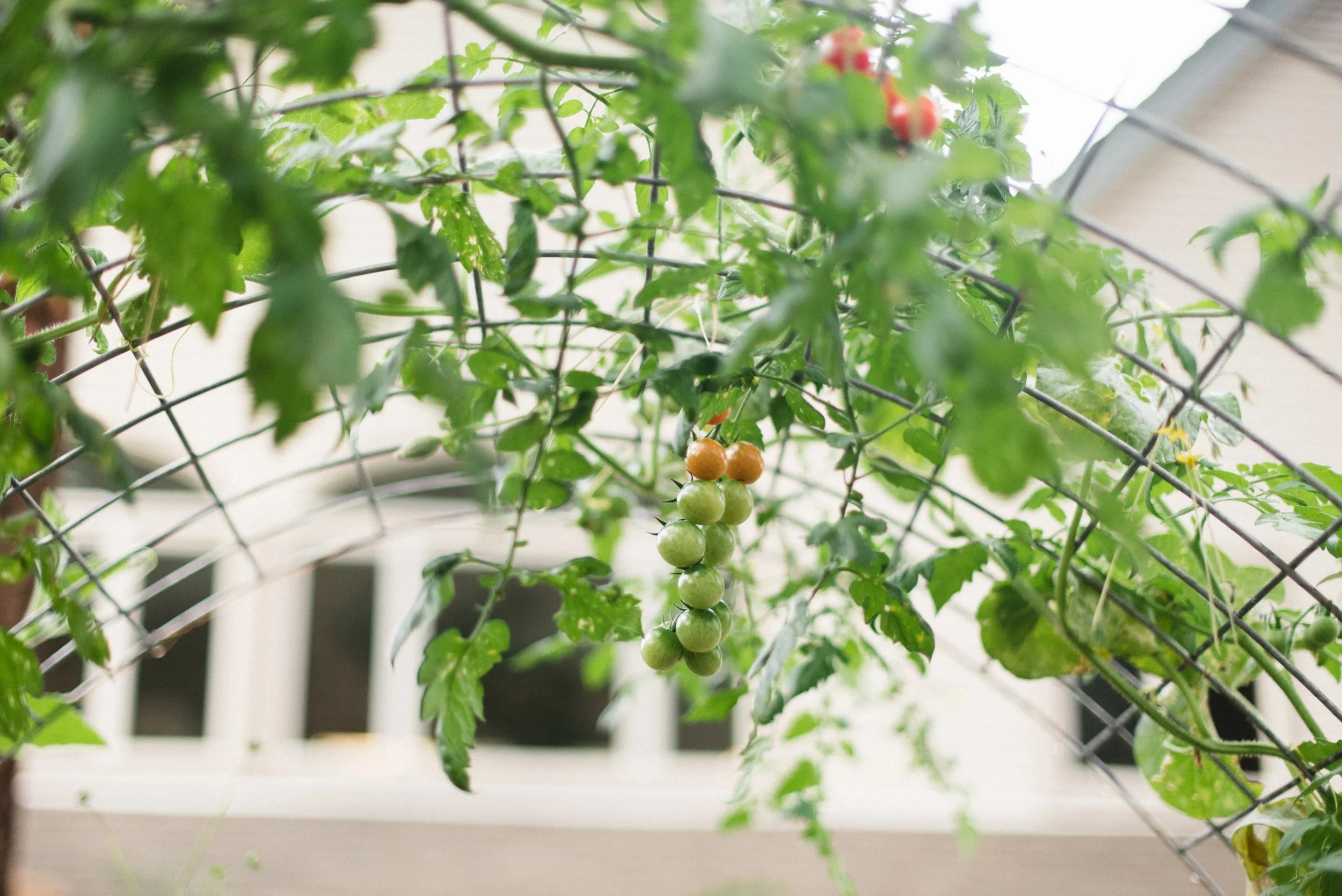Want to start gardening? Here’s how.
This is a question I get often: What are some tips for someone who wants to start gardening?
This is part 1 of the Starting a Garden Series. Read along to start your gardening journey with helpful practical information. At the end of the day, you will do gardening your way, but knowing some basics will set you up for success.
Also on this series:
2. Soil health and why your plants aren’t growing
3. How to start seeds indoors for your garden
Gardening is a wonderful hobby that can bring joy, beauty, and fresh produce to your life. It's a way to connect with nature and bring life to the outdoor areas of your home. Time spent outdoors working with soil has a great calming effect on the nervous system.
It doesn’t matter how I feel, how heavy or sad or tired –– a few hours in the garden are revitalizing, calming, and soothing to my soul.
Whatever you reason to garden, (and we will explore that later), there is no doubt that spending time outside, in contact with nature is the way to go. This guide includes the most important lessons I’ve learned from my garden and my hope is that you find ideas and inspiration to start a relationship with yours.
My garden summer 2022, blooming with life.
So where do we start?
You could start by planting a few native herbs. Native plants will grow easily in less than ideal soil and invite native pollinators into your garden. Pick a corner of your house with good sunlight –– hopefully at least 8 hours, and close to an entrance. This way you’ll remember to visit often, water and care for it.
As you spend time in your garden, you will also begin to notice plants growing everywhere else. Our senses hone into what we give attention to. You will find inspiration to continue your gardening journey in those moments of attention.
If you have ample yard space, something ancestors used to do was to plant an elderberry bush in a corner of the garden. They believed it protected the garden and it has so many medicinal uses.
To help you get started, here are some first steps –– but remember to stay connected to your intuition, as you grow in your garden, you will find whatever way works and feels best for you. This is just a starting point.
Step 1: Think About Why
Spend some time, maybe just a few minutes, thinking about why you’re feeling pulled into the world of gardening. What is it for you? Who is it for? Maybe is a mix of things: becoming more sustainable, spending more time outdoors, raising children connected with nature, eating cleaner, growing medicinal herbs to use at home, growing your own bouquets of flowers … those are some of mine. Having this clear can help you decide how to use the space and what you want to plant first.
Step 2: Choose Your Location
Location is very important, you'll want to consider factors such as sunlight, soil quality, water drainage and accessibility when deciding where to start your garden. If you have a yard, look for a spot that gets at least six hours of direct sunlight per day, 8 or more hours is even better. If you have limited outdoor space, you‘re probably thinking about a corner that gets really good light, or a balcony or patio. Watch how the sun moves and choose the spots with the most amount of sun.
Accessibility is important, this is specially true if you have ample outdoor space. Try to find a well lit spot that’s close enough to an entrance –– ideally somewhere you can see from the indoors and are likely to visit and not forget about. I think tending a garden is a great way to make the outdoors part of your lifestyle, so find a spot you want to spend more time in, and start making it your own.
My initial sketch of what I thought the backyard would look like. Still no sign of a hot tub, unfortunately! Note how the food garden was planned to the far left of the house. I realized it was too far and out of sight to be an important part of our lifestyle.
A quick sketch of what the garden layout actually looks like. Note how the raised beds are right outside of our back door/deck. Making the garden accessible and in view.
Step 3: Decide What to Grow
Next, you'll need to decide what to grow in your garden. Consider the climate in your area as well as the amount of sunlight your garden gets. Some plants love the sun like tomatoes, peppers and corn, some do well with some shade like lettuce, broccoli and carrots.
Also consider if the plants you want are perennial or annuals. Perennial plants will survive the winter and live for years wherever you plant them, annuals die at the end of the growing season.
My Excel template with a list of vegetables and herbs I planned to grow for 2022. This template was given to me by the helpful folks at Gardenologie as part of their gardening course. Your list can be shorter or longer. It can be all flowers, herbs or fruit trees.
Step 4: Plan Your Garden
Once you've chosen your location and what to grow, it's time to plan your garden. Sketch a rough design of your garden and consider the placement of each plant, taking into account their light and water needs. Make sure to leave enough space between plants so they can grow to their full potential. You can also use garden planning software or apps to help you plan and visualize your garden.
A great way to know how many plants you can fit into the space is to divide your space in square feet and google each plant name and their space needed. Ask something like: how many tomatoes per square foot. Then you know how many plants you can plant and how much space to leave between each.
My summer garden plan in a separate tab on the same Excel sheet. Each square represents a square foot of garden space on my 3 raised beds. What’s marked in green was planted early in the spring, on white you see what was to be planted in the summer, and what’s marked in yellow is perennial (meaning won’t die in the winter).
You’ll also want to think about their mature height and plant tallest plants on the northern side and shortest on the southern. This is because south facing gardens get the most sun throughout the year and you don’t want the tallest plants shading the shortest.
If you live in a temperate area, Fall and Winter are great seasons to start planning your garden and amending the soil. Make a list of the plants you want to start from seed and those you want to buy from a local nursery or online vendor. You can acquire the seeds you need and start them indoors with the help of LED lights, or amend the soil and sow seeds outdoor that can sprout if kept moist.
More on growing seeds indoors in part 3. How to start seeds indoors for your garden.
Step 5: Preparing the Soil
Good soil is the foundation of a successful garden. I can’t tell you how many times locals ask me for gardening advice because they’re struggling, and more times than not the answer is poor soil.
It's important to prepare the soil well. You need soil that is full of organic matter and nutrients, and you should know that you will need to amend your garden beds and pots once every year with lots of hearty compost to make sure there is enough food for the bugs, fungi and micro-organisms to break down next year as this is where your plants will get the nutrients they need to grow big, strong and fruitful. Add compost, organic matter, and fertilizer to improve the soil as needed. If you're using containers, make sure to use high-quality potting soil to give your plants the best start.
More on preparing the soil on part 2. Soil health and why your plants aren’t growing.
Our summer garden in 2022 after implementing the garden plan I created during the winter.
Step 6: Planting Your Garden
Once spring rolls around, (and after the last frost for tender plants), it's finally time to start planting! You’ll want to check on the specific recommendations for each plant, like planting depth, spacing between plants and light requirements. Water your plants well after planting and continue to water regularly to help them establish strong roots.
Harvesting flowers and tomatoes in the summer garden.
Step 7: Maintenance and Care
Spring and Summer are the time to plant your garden, keep it watered and rip the rewards. In temperate gardens, late summer is when your garden is in full bloom and you can harvest the most out of your herbs and vegetable plants.
Once your plants are in the ground, you’ll want to care for them to ensure their success. This is part of the fun in gardening and some of these repetitive tasks of watering, fertilizing and weeding can feel deeply meditative. Long sleeves and a hat are often good ideas.
Here’s a few maintenance tips per season:
In the spring I like to use an organic liquid fertilizer a few times on my vegetable plants to give them a strong head start while the earthworms and other organisms begin to break down the new layer of compost I laid for them. This is a great time to organize your gardening storage and clean your tools.
In the summer as plants grow and thrive, you’ll want to weed your growing space to reduce competition for nutrients from the soil. Keep an eye out for pests and diseases and address them promptly to keep your plants healthy. Many pests can be removed by hand without the need of additional products.
In the fall you’ll want to remove dead plant material and begin to prepare your beds and garden spaces to rest. This is a great time to amend a spot and plant garlic that you can harvest in early summer next year.
During winter, as trees go dormant is a great time to prune and deadhead to promote healthy growth next year. This is also when I update my garden plan for next growing season and buy any necessary seeds.
Cherry tomatoes growing on a cattle panel tunnel in between two raised beds.
Starting a garden can be a rewarding and fulfilling experience, whether you're growing vegetables, flowers, or herbs. With a little planning and care, your garden can bring joy and beauty to your life for many years to come. And don’t get me wrong, it’s not about following these steps as I present them, it’s about having an idea of what it can look like and going wherever you want with it.


